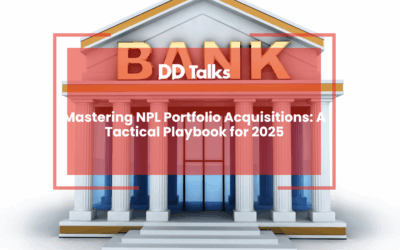Table of Contents
- Private Debt Market Growth
- Why Private Debt Is Booming
- Emerging Markets and Sectors Leading Growth
- Challenges on the Horizon
- FAQs
Private Debt Market to Reach $2.64 Trillion AUM by 2029
The global private debt market is poised for significant growth, with assets under management (AUM) projected to reach $2.64 trillion by 2029, according to industry forecasts. This rise marks a sharp increase from the current levels, driven by a growing demand for alternative investments in a world where traditional lending has been restricted by regulatory changes and economic uncertainties.
Private debt, which includes direct lending, distressed debt, mezzanine financing, and other non-bank lending vehicles, has seen a surge in interest as investors seek higher yields amid low-interest environments. The sector’s appeal has grown particularly strong among institutional investors such as pension funds, insurance companies, and sovereign wealth funds, all looking for stable, long-term returns.
Why Private Debt Is Booming
Several factors contribute to the continued rise of private debt. One significant driver is the tighter credit environment following the global financial crisis, which pushed many businesses toward private lending sources as traditional banks became more risk-averse. The private debt market has stepped in to fill this financing gap, offering more flexible terms and faster decision-making processes.
In addition, the growing popularity of private equity has also fueled private debt’s expansion. As private equity firms seek leveraged buyouts and acquisitions, they increasingly turn to private debt providers for financing, creating a symbiotic relationship between the two sectors.
Emerging Markets and Sectors Leading Growth
While North America and Europe continue to dominate the private debt space, emerging markets are expected to play a larger role in the coming years. Asia, in particular, is experiencing rapid expansion in private debt, fueled by growing economies and a need for capital in developing sectors such as technology, infrastructure, and green energy.
Furthermore, distressed debt opportunities are expected to increase in the wake of economic downturns and rising inflation, providing a new area of growth for private debt managers. Sectors like real estate, healthcare, and renewable energy are likely to attract the most attention from investors seeking exposure to private debt.
Challenges on the Horizon
Despite its growth, the private debt market is not without risks. Regulatory scrutiny, rising interest rates, and economic volatility could present challenges to this burgeoning asset class. Additionally, with the growing number of players in the field, competition for high-quality deals is intensifying, which could lead to compressed returns and more selective lending practices.
Still, the overall outlook for private debt remains positive, with strong demand expected to continue from both borrowers and investors. As traditional financing avenues remain constrained, private debt is positioned to become a more prominent player in global capital markets.
The rise to $2.64 trillion in AUM by 2029 signals that private debt is not just a temporary trend, but a long-term investment vehicle reshaping how businesses secure funding and how investors diversify their portfolios.
- What is driving the growth of the private debt market?
- The growth is driven by a combination of tighter credit environments, increased demand for alternative investments, and the appeal of higher yields in low-interest rate settings.
- Who are the main investors in private debt?
- Institutional investors such as pension funds, insurance companies, and sovereign wealth funds are the primary investors in the private debt market.
- What role do emerging markets play in the future of private debt?
- Emerging markets, particularly in Asia, are expected to contribute significantly to the growth of private debt, driven by expanding economies and a demand for capital in sectors like technology and green energy.
- What are the main risks facing the private debt market?
- Key risks include regulatory scrutiny, rising interest rates, economic volatility, and increased competition for high-quality deals, which could affect returns and lending practices.
- Why is private debt becoming more attractive than traditional lending?
- Private debt offers more flexible terms, faster decision-making, and can fill the gap left by traditional banks that have become more risk-averse due to regulatory and economic pressures.




0 Comments